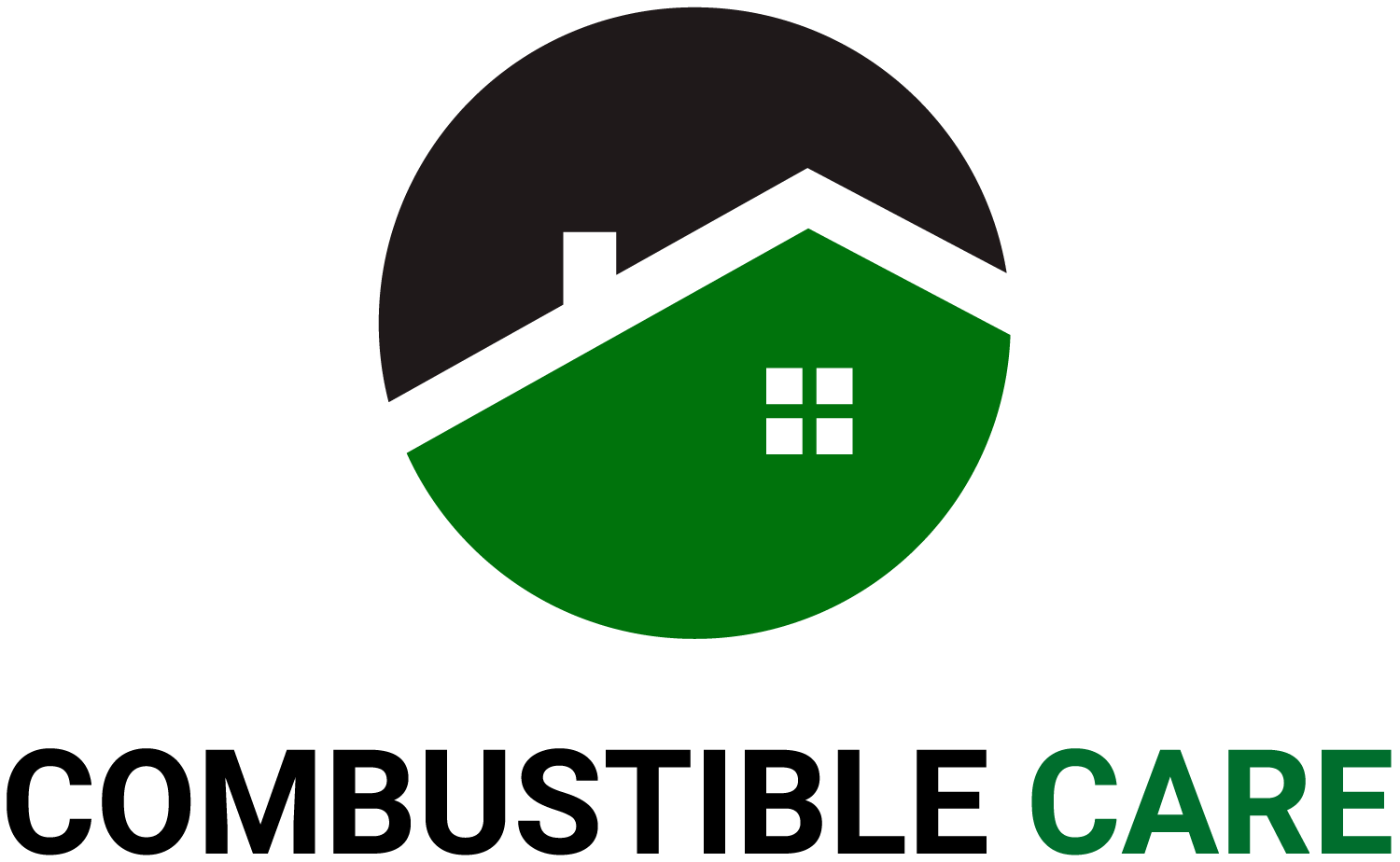THE IMPORTANCE OF CHIMNEY LINERS
A flue lining in a masonry chimney is defined as…
“A clay, ceramic, or metal conduit installed inside of a chimney, intended to contain the combustion products, direct them to the outside atmosphere, and protect the chimney walls from heat and corrosion.”
Most fire codes mandate liners.
Chimney liners serve three main functions:
- Protecting the house from leakage of the combustibles as they pass from the furnace through the chimney and out from the home.
2) Protecting the masonry from the corrosive byproducts of combustion.
3) Providing a correctly sized flue for optimum efficiency of appliances. Modern wood stoves and gas or oil furnaces require a correctly sized flue to perform properly.
What are the types of chimney liners?
There are two main types of chimney liners; Clay Tiles & Metal Sleeves.
What are the positives of a metal liner over the old clay tile liners?
- Easy to Install.
- Readily available in a wide variety of shapes and sizes.
- Seamless one piece product allowing for a more efficient draft.
Metal chimney liners, usually of stainless steel or aluminum, are primarily used to upgrade and repair existing chimneys due to the ease of being able to insert them directly through the old clay lining.
If properly installed and maintained, metal chimney liners are extremely safe and durable. Stainless steel is suitable for wood-burning, gas, or oil appliances, while the aluminum is an inexpensive alternative for certain medium efficiency gas applications only.
Considering the dangers of old unlined or damaged chimneys, and the many cost effective options now available to make these chimneys safe components of the home heating system, THE THIRD TYPE of chimney liner which is a much more rare style of liner is Cast-in-place chimney liners.
This is a cement like product that are installed inside the chimney forming a smooth insulated passageway for the flue gasses.
Advantage: They can improve the structural integrity of aging chimneys, and are permanent liners suitable for all fuels.
We encourage you to have your chimney professionally inspected by a local CSIA Certified Chimney Sweep on an annual basis to be sure it meets modern safety standards.
Why Chimney Liners Are Important
Unlined chimneys may leak harmful gases like carbon monoxide into the living space.
If you have gas appliances that vent through your chimney, the low-temperature flue gasses from modern appliances produce huge amounts of condensation. In an unlined chimney, the condensation may increase masonry deterioration and may leak into the house.
If the chimney is used for wood burning, condensation can help form tar and creosote. These byproducts are flammable. Combating condensation is one way a liner reduces the chance of fire.
A lined chimney does not get as hot as an unlined chimney, and has less chance of chimney fire.
Lined chimneys are more energy efficient, due to enhanced air flow and better heat retention.
Unlined chimneys require more wood or fuel.
Just because you have a chimney liner, this does not mean it offers maximum protection and benefits. The liner must be the right size. Also, clay chimney liners do get damaged and do deteriorate over time.
Most building code standards require a chimney liner. Some homeowners’ insurance policies limit coverage for certain events if you make changes without improving the chimney.
Some homeowners’ insurance policies will pay for relining a chimney in certain cases, due to the protection it brings. And in most cases will lower the insurance premiums with proofs of install.
In summary, a chimney liner is a very important form of protection for your chimney and your home, and you should exercise diligence in ensuring you have a healthy, fully-functioning liner that is right for your chimney and home.

Recent Comments